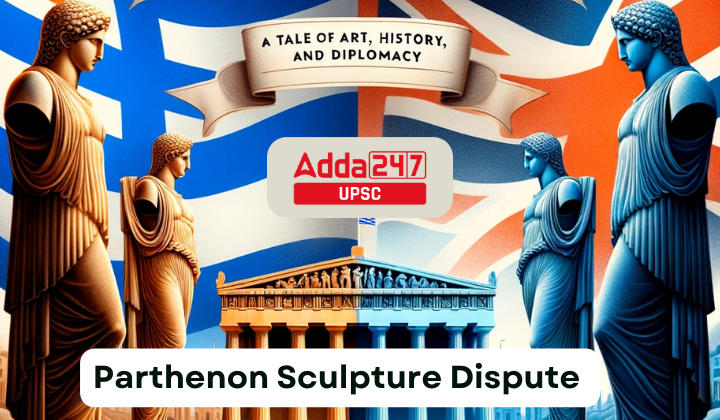Table of Contents
At the heart of the longstanding diplomatic row between Britain and Greece lies the Parthenon Sculptures, a collection of ancient Greek stone sculptures that have been the subject of debate for over two centuries. The artifacts, also known as the Elgin Marbles, originally adorned the Parthenon temple on the Acropolis hill in Athens. Dating back to over 2,000 years ago, they represent a significant part of Greece’s cultural heritage.
Historical and Cultural Significance
The Parthenon, completed in 432 BC, was dedicated to the goddess Athena and is often regarded as a symbol of the Golden Age of Athens.
Among the sculptures, the most notable is a 75-meter-long frieze depicting a procession in honor of Athena. Other pieces include representations of gods, heroes, and mythical creatures, each embodying the artistic excellence of ancient Greece.
The Journey to Britain
The controversial acquisition
In the early 19th century, Thomas Bruce, the 7th Earl of Elgin and the British ambassador to the Ottoman Empire, removed these sculptures from the Parthenon. The British Museum later transported them to Britain and purchased them in 1816.
The legitimacy of this acquisition has been a matter of dispute, with Greece claiming that Elgin effectively stole the marbles, while he maintained that he had permission from the Ottoman authorities, who then controlled Athens.
The Heart of the Dispute
Greece’s Stance and Efforts
Greece has been demanding the return of the Parthenon sculptures since gaining independence in the early 1830s.
The campaign intensified in the 1980s under the leadership of Greek actress and then-culture minister Melina Mercouri.
Athens argues that these artifacts are an integral part of its cultural heritage and should be returned to their original location.
The British Museum’s Position
The British Museum, as the current custodian of the sculptures, argues that they were acquired legally under a contract with the Ottoman Empire.
It also contends that the sculptures are better preserved and more accessible to the international public in their current location. Furthermore, the museum suggests that reunifying the sculptures is unfeasible due to the loss and destruction of some parts.
The Recent Diplomatic Row
Sunak and Mitsotakis: A Canceled Meeting
The dispute took a new turn when British Prime Minister Rishi Sunak canceled a meeting with his Greek counterpart, Kyriakos Mitsotakis, leading to accusations from Athens of Britain’s avoidance of the issue.
The British government, under Sunak’s leadership, has reiterated its position that the marbles are a significant asset to the UK and ruled out any legal changes that would facilitate their return to Greece.
Future Prospects
Despite recent diplomatic tensions, Greek officials have expressed their intention to continue negotiations with the British Museum.
The political landscape in Britain might influence the outcome, with the Labour Party, potentially the next ruling party, showing openness to a loan agreement between the British Museum and the Greek government.
Conclusion, A Complex Issue of Cultural Heritage
The Parthenon Sculpture dispute is a complex issue, entwining historical rights, cultural heritage, and international diplomacy. As discussions continue and political dynamics evolve, the future of these ancient artifacts remains uncertain, with both Greece and Britain standing firm in their respective positions.



 TSPSC Group 1 Question Paper 2024, Downl...
TSPSC Group 1 Question Paper 2024, Downl...
 TSPSC Group 1 Answer key 2024 Out, Downl...
TSPSC Group 1 Answer key 2024 Out, Downl...
 UPSC Prelims 2024 Question Paper, Downlo...
UPSC Prelims 2024 Question Paper, Downlo...
